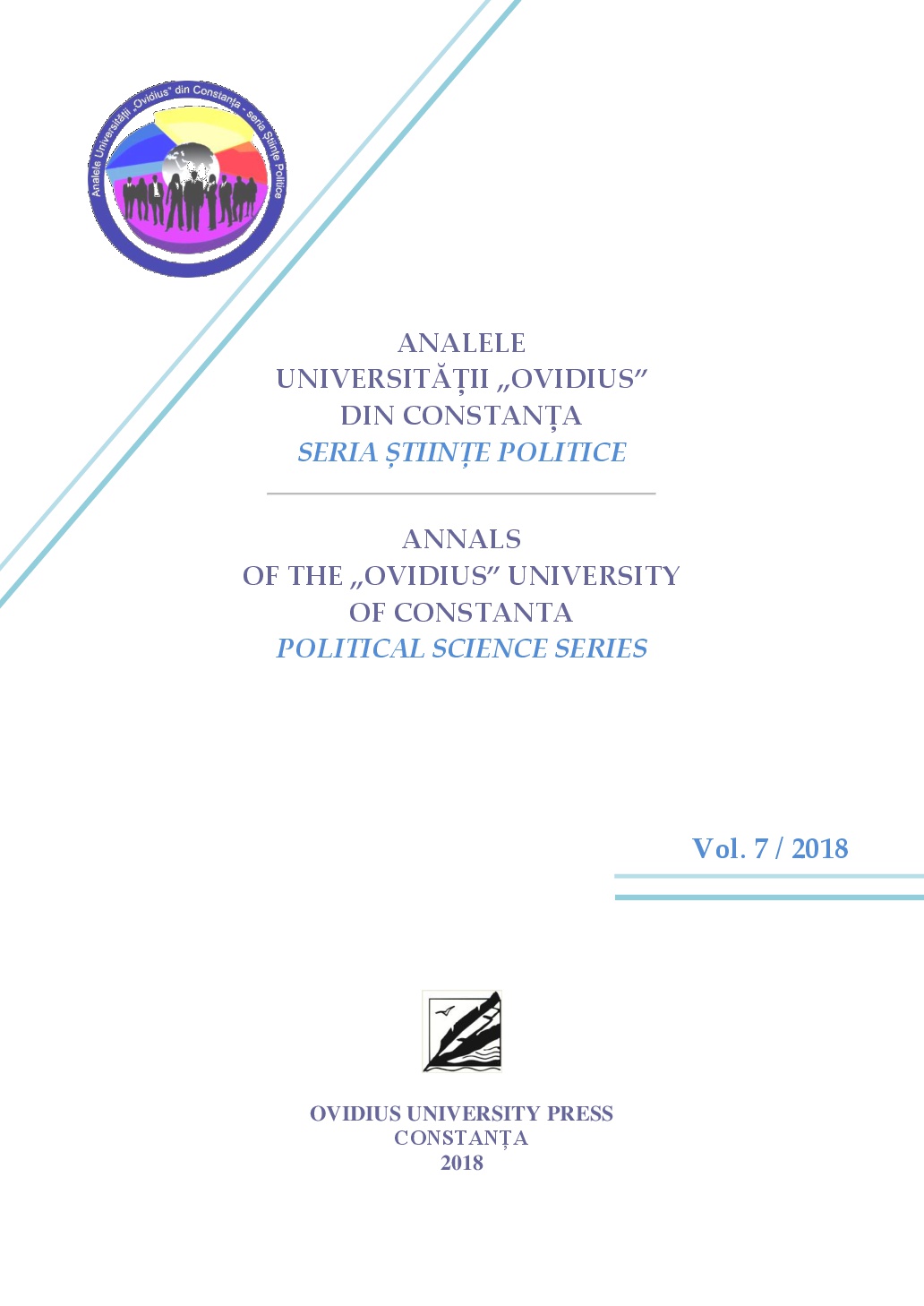Showcasing Mussolini Abroad: A Case Study of the Italian Bookshop’s Propaganda in Bucharest (1931-1938)
Showcasing Mussolini Abroad: A Case Study of the Italian Bookshop’s Propaganda in Bucharest (1931-1938)
Author(s): Georgiana ȚăranuSubject(s): Governance, Political behavior, Politics and society, History and theory of political science, Comparative politics
Published by: Ovidius University Press
Keywords: fascist Italy; fascist propaganda; interwar Romania; Italian Bookshop in Bucharest; Romanian-Italian cultural relations;
Summary/Abstract: Since Mussolini’s Italy wished to counteract French political and cultural influences in the Danube-Balkan region, the dictatorship not only turned to the tools of traditional diplomacy, but also made steady use of cultural propaganda. Aside from resorting to different types of cultural exchanges, one important goal in this respect sought to expand the activities aimed at teaching the Italian language in the region. For this to happen, it was imperative for Italian books to gain access on the Romanian market. This paper uses the 10-step framework of propaganda analysis designed by Garth S. Jowett and Victoria O’Donnell and applies it to the activity of a small commercial entity founded for propaganda purposes by the Italian Legation in Bucharest in 1931: an Italian Bookshop on Calea Victoriei. This qualitative research examines whether this company was a successful instrument for the dissemination of fascist propaganda in interwar Romania, between 1931 and 1938. The study looks at the Italian Bookshop’s undertakings and assesses them in relation to the ten characteristics identified by the two American researchers: 1) ideology and purpose of the propaganda; 2) the context in which the propaganda occured; 3) the identification of the propagandist; 4) the structure of the propaganda organization; 5) target audience; 6) media utilization techniques; 7) the special techniques to maximize effect; 8) audience reaction to various techniques; 9) counterpropaganda; and 10) effects and evaluation. The analysis of this case study indicates that in light of the Bookshop’s success, we can infer that it was indeed an efficient tool for fascist Italy’s propaganda apparatus in Romania. By 1938, it exceeded expectations in terms of both business revenues and the ammount of books being circulated.
Journal: Annals of the Ovidius University of Constanta - Political Science Series
- Issue Year: 7/2018
- Issue No: 1
- Page Range: 193-212
- Page Count: 20
- Language: English

